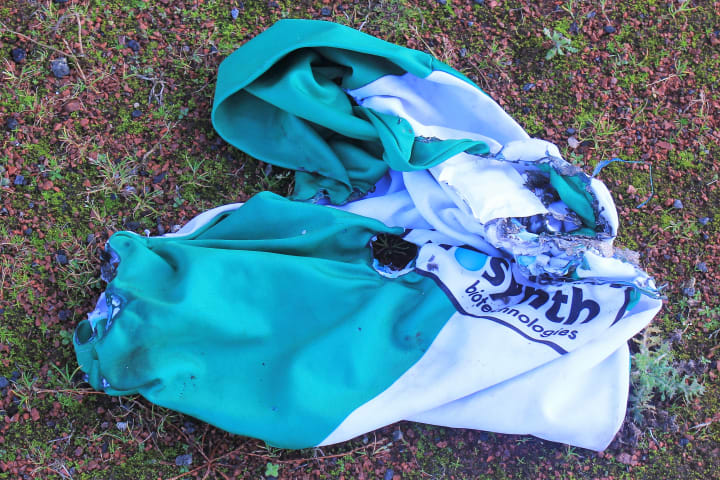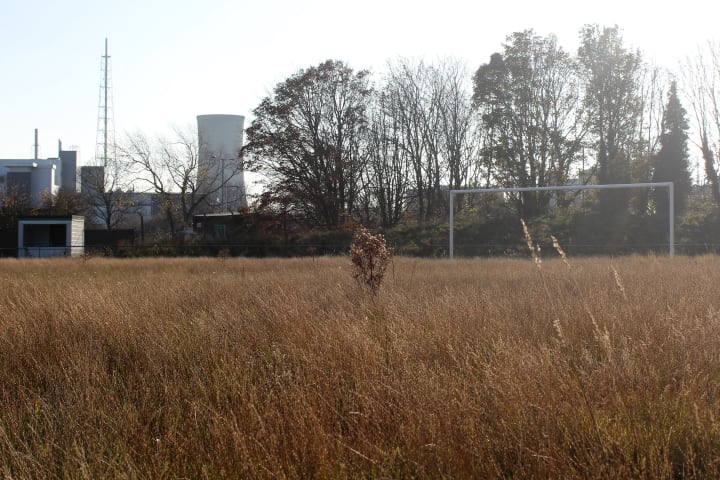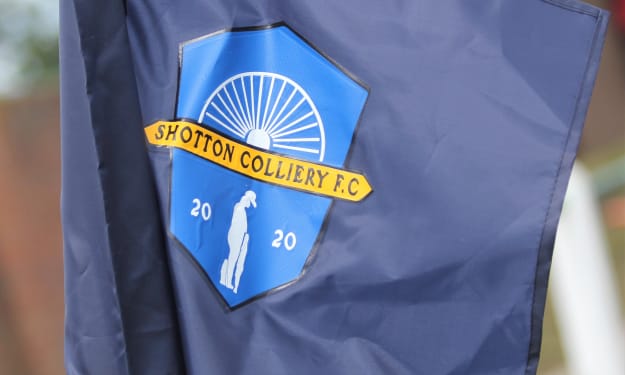After the final whistle
Few things are more mournful than an abandoned sports ground

For a football fan, there’s something irresistible about a stadium. Whether it’s the grandest of international arenas or the most primitive of fenced-off fields, the very grass seems to resonate with great goals and famous victories. No matter how modest the team, there’s always ‘that game’.
So few things are more mournful than a club’s abandoned home. When the weeds pop up over the once-immaculate turf and the vandals weave their web of destruction around the neglected fabric of the football ground, it prompts a sense of romantic ruin that any 19th-century artist would have recognised on contemplating the derelict remains of an ancient abbey.
Billingham Synthonia’s Central Avenue was a case in point. The club, originally a works team for the ICI chemical plant in this Teesside town, moved here in 1958. At the time, the imposing cantilever stand was believed to be the longest in England; debate still rages over whether it, or the more celebrated example at Scunthorpe’s Old Show Ground, was the first in English football.

Synners claimed other firsts: the first team named after a fertilizer (the unusual name references synthetic ammonia, one of ICI’s key products). The first team to play under floodlights in the north of England, hosting an exhibition game against the RAF in 1952 at the old Belasis Lane ground. 1952 was also the year that one Brian Clough turned out – briefly – for the team. Destined to hit the heights, he did his national service with the air force before rattling in goals for Middlesbrough and Sunderland and leading Nottingham Forest to a pair of European Cups.
Clough is immortalised in statues in his native Middlesbrough, and also in Derby and Nottingham, scene of his greatest managerial triumphs. But much of Synthonia’s history was lost with the closure of Central Avenue in 2016. The old ground was too cumbersome: a capacity of 2,000 in that stand was far more than a Northern League team needed, the boiler that kept everything going was 50 years old and could never be restarted if it was switched off. With eye-watering energy bills of £1,400 a month, Synners – now standing alone after the closure of ICI in the early 1990s ended the long association between club and chemicals – simply could not afford to stay.
Elsewhere in the region, Beamish Museum was building a 1950s town to highlight the rebuilding of post-war England. Billingham, one of the first new towns, was in the vanguard of that, but there was no plan to save the old football ground. Instead, it was abandoned, vulnerable to vandals, until it was finally demolished in 2019.

A last visit, 18 months after the last game – a 2-0 win over Willington that rubber-stamped a promotion season in 2016/17 – showed the cost of neglect. From the road, things looked more or less normal. There was even a banner pinned to the fence advertising televised football in the clubhouse. But, once through the gate, there was a grimly different story. The club office, which used to serve as a turnstile on matchday, was a mess of broken glass and shattered plastic. A memorial plaque lay discarded in the midst of the mayhem. The tea bar, smoke stained, was among the place that fell victim to the local vandals.

The goalposts remained in place but the pitch was wild. Bushes sprouted among the grass, the playing surface was uneven underfoot. One dug-out was burnt out, the roof gone and charred remains lying in front. The floodlight pylons still had their lights but the electrics have been smashed, control boxes disembowelled and cables spilled across the floor.
There were odd signs of a hasty exit. Smashed crockery, where once club officials might have enjoyed a half-time cuppa. An abandoned first-team shirt, again smoke damaged, lay forlorn on the former running track. If the terracing and the stand itself seemed more or less intact, there was little incentive to venture down the tunnel into a darkened world smelling strongly of last month’s fires and scattered with yet more debris.

The demolition crew was something of a mercy killing in the end. Better to remember the ground at my last visit, a bumper Boxing Day crowd for a derby against Billingham Town that formed part of my e-book about Northern League football.
For Synners, though, the wait for a return home continues. In 2017, the plan was a two-year exile before moving to a new ground in Billingham. Today, in 2020, the sign at Norton’s Station Road ground insists that this is ‘The Temporary Home of Billingham Synthonia’ but there’s little sign of progress about a return to the other side of the A19. And Central Avenue lives only in fond memory.
For more photos of Central Avenue in its prime and after its closure, click here.
About the Creator
Andy Potts
Community focused sports fan from Northeast England. Tends to root for the little guy. Look out for Talking Northeast, my new project coming soon.






Comments
There are no comments for this story
Be the first to respond and start the conversation.